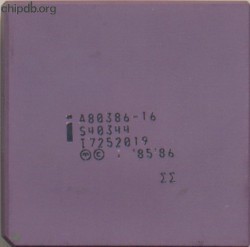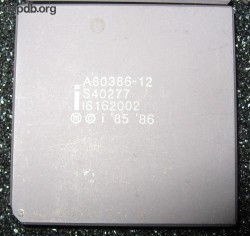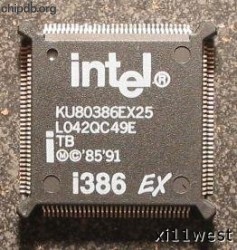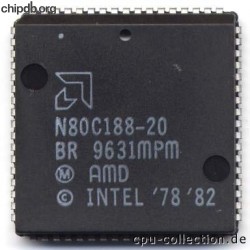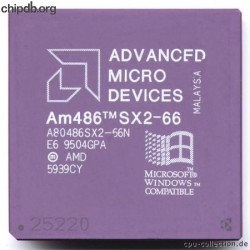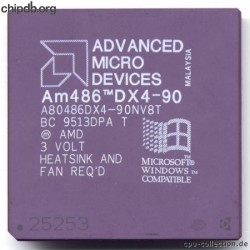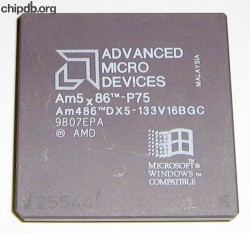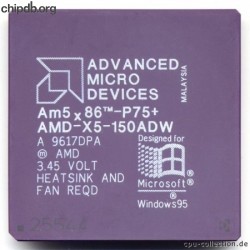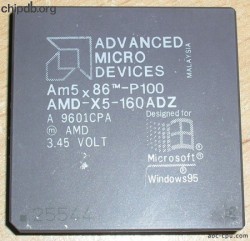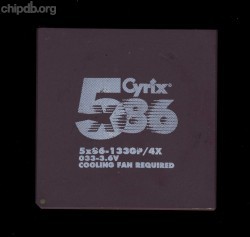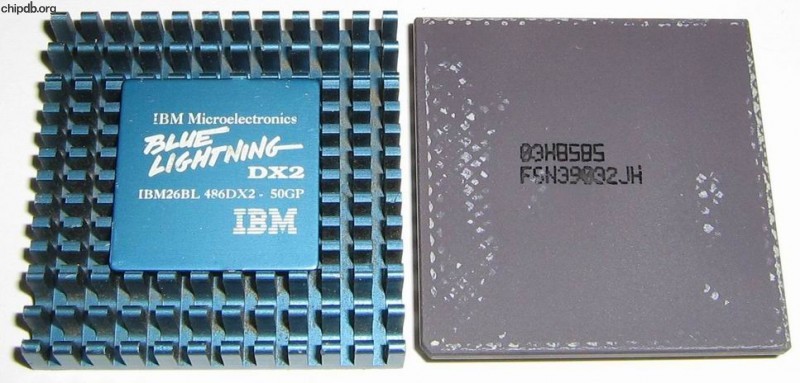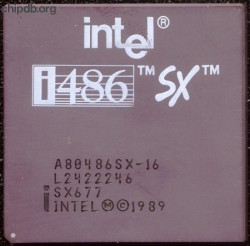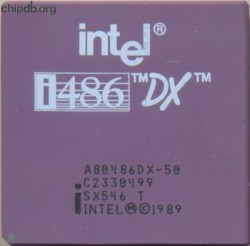vwestlife
Veteran Member
IBM Blue Lightning (2nd version) DX2... Cyrix's 486DX2, manufactured by IBM.


The first version of the Blue Lightning was based on the Cyrix 486DLC (really just a jazzed-up 386DX) and was the first clock-tripled x86 chip and the first x86 chip to reach 100 MHz (it beat Intel's 486DX4-100 to the market).
AMD 5k86... AMD's first, unsuccessful attempt at a Pentium competitor. Later renamed the K5 but still without any success. Meanwhile, AMD's 486DX4-based 5x86 was selling like hotcakes, and they quietly scrapped both the 5k86/K5 and their own in-house plans for a K5 successor (see below).

NexGen Nx586... RISC-based competitor to the Pentium. Most versions did not have a built-in math co-processor, instead using the outboard Nx587 chip. Last version ("PF" code) did have an onboard coprocessor. Quickly bought out by AMD and used as the basis for their popular and successful K6.


Cyrix MediaGX... Cyrix's attempt at combining sound and video into the CPU. Used in some low-end laptops but otherwise a flop.
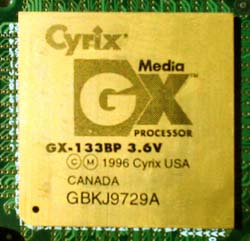
Others:
Intel 80186/80188
NEC V40 & higher
Intel RapidCAD
CDT WinChip
The first version of the Blue Lightning was based on the Cyrix 486DLC (really just a jazzed-up 386DX) and was the first clock-tripled x86 chip and the first x86 chip to reach 100 MHz (it beat Intel's 486DX4-100 to the market).
AMD 5k86... AMD's first, unsuccessful attempt at a Pentium competitor. Later renamed the K5 but still without any success. Meanwhile, AMD's 486DX4-based 5x86 was selling like hotcakes, and they quietly scrapped both the 5k86/K5 and their own in-house plans for a K5 successor (see below).
NexGen Nx586... RISC-based competitor to the Pentium. Most versions did not have a built-in math co-processor, instead using the outboard Nx587 chip. Last version ("PF" code) did have an onboard coprocessor. Quickly bought out by AMD and used as the basis for their popular and successful K6.
Cyrix MediaGX... Cyrix's attempt at combining sound and video into the CPU. Used in some low-end laptops but otherwise a flop.

Others:
Intel 80186/80188
NEC V40 & higher
Intel RapidCAD
CDT WinChip


